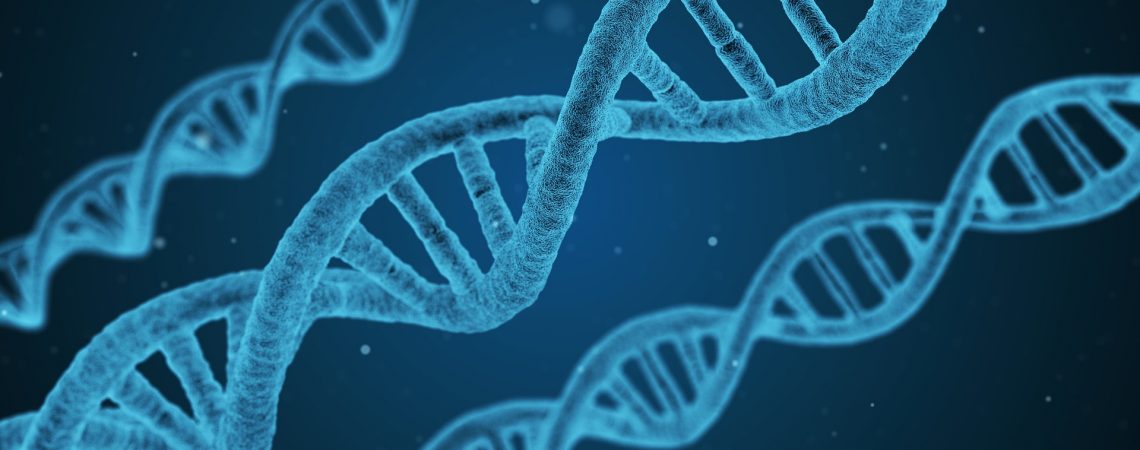What’s in this article
- What is Wilson’s disease?
- Signs and symptoms
- Diagnosis
- Treatment
What is Wilson’s disease?
Wilson’s disease is a rare hereditary disease that causes excess copper to accumulate in the liver and/or brain. Wilson’s disease is fatal unless detected early on and treated appropriately to avoid copper poisoning. People with Wilson’s disease have a mutation on two copies (homozygous) of their ATP7B gene. Carriers of Wilson’s disease have only one copy (heterozygous) of the mutation and do not express symptoms. Many people with Wilson’s disease do not have a family history of the condition. To inherit Wilson’s disease both parents must have the genetic mutation and then pass this onto the child. The disease affects around 1 in 30,000 people worldwide.
In order for our nerves, bones, collagen and the skin pigment melanin to be healthy, our body requires copper. Copper is usually absorbed from your food, and any additional copper is excreted through bile, a substance created in your liver. In Wilson’s disease sufferers, the copper is accumulated rather than excreted leading to an excess amount in the body.
Signs and symptoms
People who have Wilson’s disease will have had it since birth but unfortunately symptoms usually only occur when there has been a buildup of copper in the liver or brain. Symptoms will vary depending on where the disease is affecting you, and sometimes symptoms will not occur at all. The following symptoms may occur if you suffer from Wilson’s disease:
- Fatigue and muscle stiffness
- Problems with physical coordination and uncontrolled movements
- Problems with speech and swallowing
- Lack of appetite
- Vomiting blood
- Abdominal pain
- Yellowing of the skin and the whites of the eyes (jaundice)
- Golden-brown eye discoloration (only seen through an eye exam)
- Fluid buildup in the legs or abdomen
- Swelling of the liver and spleen
- Anemia and/or low platelet and white blood cell count
Diagnosis
The majority of people who have Wilson’s disease are diagnosed between the ages of 5 and 35, however, it can affect younger and older people. Diagnosis will be done in a variety of ways, by blood test, eye exam, urine test or liver biopsy. Around 50% of sufferers will have the golden rings present during an eye exam and almost all will have an increase in the amount of copper present in their urine. Genetic testing of DNA can also be carried out especially when testing other family members for Wilson’s disease.
Treatment
Wilson’s disease is treatable and many people who are diagnosed early enough will lead a very normal life. Treatment is extremely important as if left untreated, Wilson’s disease can lead to liver cirrhosis or even liver failure, kidney problems, psychological and neurological problems and death within 3 months. If there is severe liver damage, a liver transplant may be necessary.
Once diagnosed your doctor will want to eliminate all excess copper from the body by chelation therapy. This can be done through a vein, through muscle or orally and is practiced with caution. Your doctor will then want to work at preventing a future build-up of copper in the body by administering medication which will need to be taken throughout your life.
People who suffer from Wilson’s disease should rethink their diet, any foods with a high copper content should be eliminated, such as liver, chocolate, nuts, mushrooms, legumes, and shellfish. Drinking water should be purified or tested for its copper content before drinking.
Find out about the nutrition bar that 98% of liver health experts would recommend!
References
Liverdirectory.com
Mayoclinic.org
Uptodate.com
Medscape.com

 (442) 244-5115
(442) 244-5115















